Gallimimus
Name Origin
Chicken Mimic
Family
Ornithomimidae
Classification
Diapsida, Saurischia, Theropoda
Habitat (Discovery Location)
Mongolia
Period
Approximately 70 million years ago (Late Cretaceous)
Length
Approximately 4 to 6 meters
Weight
Approximately 400 kilograms
Diet
Omnivore
 Jurassic
Jurassic
Park / World Featured Dinosaur
Appearance in Jurassic Park
Jurassic Park features 44 Gallimimus that were recreated on Isla Nublar. (According to the official lore, their skin color supposedly varies by age and sex, but it is difficult to distinguish them visually in the film.)
Their main appearance in the film occurs before Dr. Alan Grant's group, shortly after their near-death escape from the Tyrannosaurus attack. The Gallimimus are seen moving as a large herd across a vast plain when they suddenly stampede at full speed directly toward the three humans. Immediately after, a Tyrannosaurus bursts from the tree line, ambushes the herd, and kills one of its members.Appearance in The Lost World: Jurassic Park
A herd of Gallimimus living on Isla Sorna appears in the film. They are depicted as the targets of a large-scale capture operation by the InGen dinosaur hunters, shown stampeding in a panic. Several of them are successfully captured by the hunter team and placed in holding cages at the camp.
Midway through the story, they are released from their cages by Sarah Harding and Nick Van Owen and run amok through the hunters' camp (base) along with the other dinosaurs, causing chaos.Appearance in Jurassic World
Dozens of Gallimimus individuals appear, inhabiting the "Gentle Giants Petting Zoo" attraction and their dedicated "Gallimimus Valley" area.
In the "Gallimimus Valley" attraction, their herd is shown running alongside the guests' tour truck, delighting the visitors with the spectacle.
Unlike in the first and second films, there are no scenes in this installment where they are attacked by predators. It was a peaceful depiction, showing them simply running alongside the tour vehicle.Appearance in Jurassic World: Fallen Kingdom
Boasting the fastest speed in the park, this dinosaur appeared in the previous film, Jurassic World, as one of the major attractions within the main exhibit area. In this installment, its increased screen time makes it a particularly memorable presence, in a way.
During the destruction of Isla Nublar caused by the volcanic eruption, a significant number of individuals can be seen fleeing desperately in a herd.
However, this increased visibility also meant more depictions of them meeting tragic fates. In one shocking scene, an individual attempting to escape the eruption by diving into the ocean is struck directly by a falling lava bomb and killed instantly.
Their suffering continues during the capture operation led by the dinosaur hunters (mercenaries) hired by Eli Mills. There is a painful depiction of one captured individual struggling desperately while being choked by a mercenary.
Subsequently, the captured individuals were imprisoned in the basement of the "Lockwood Estate" on the U.S. mainland. However, at the end of the story, they managed to escape the manor along with the other dinosaurs. It is assumed that they quietly disappeared into the wild, unnoticed by anyone.

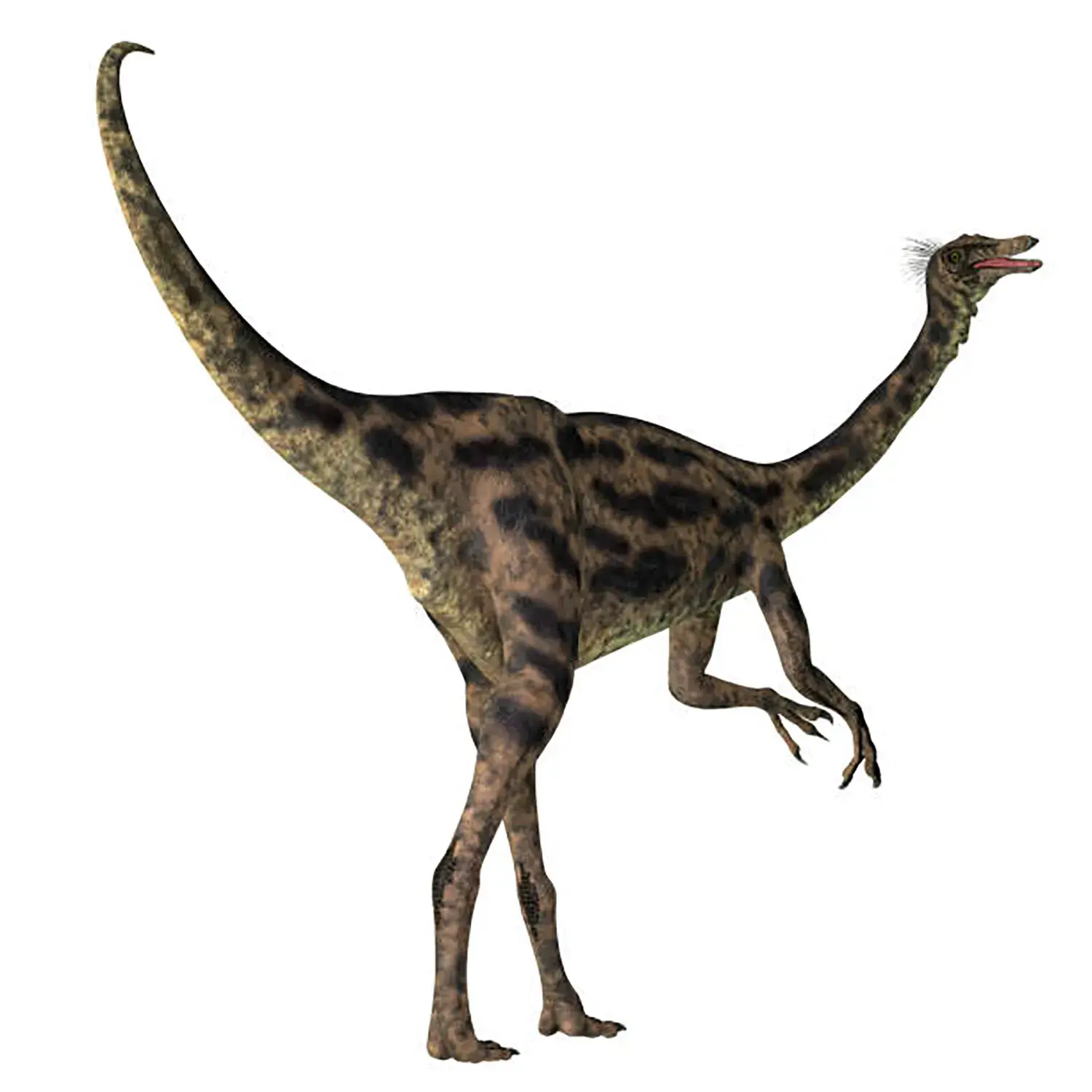

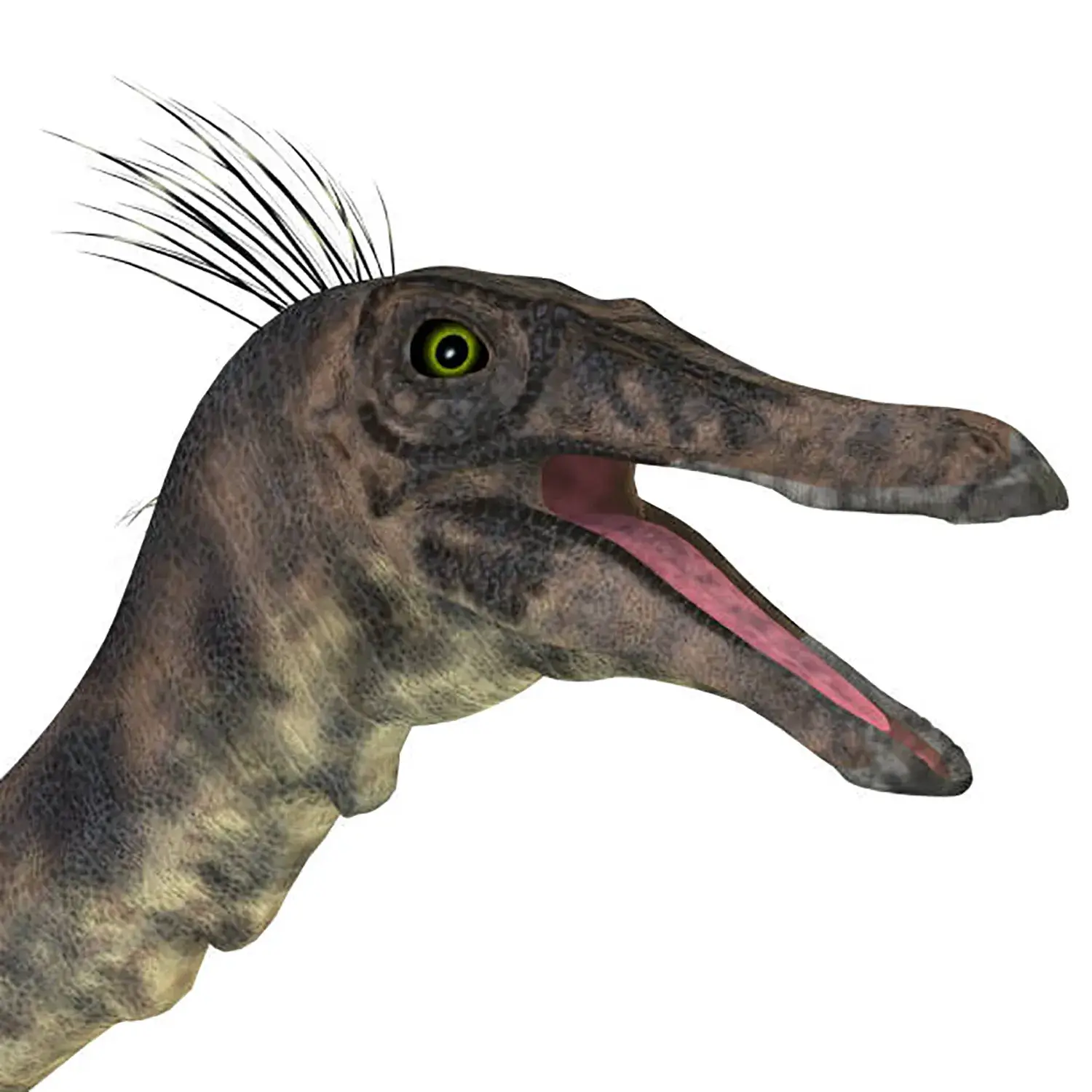
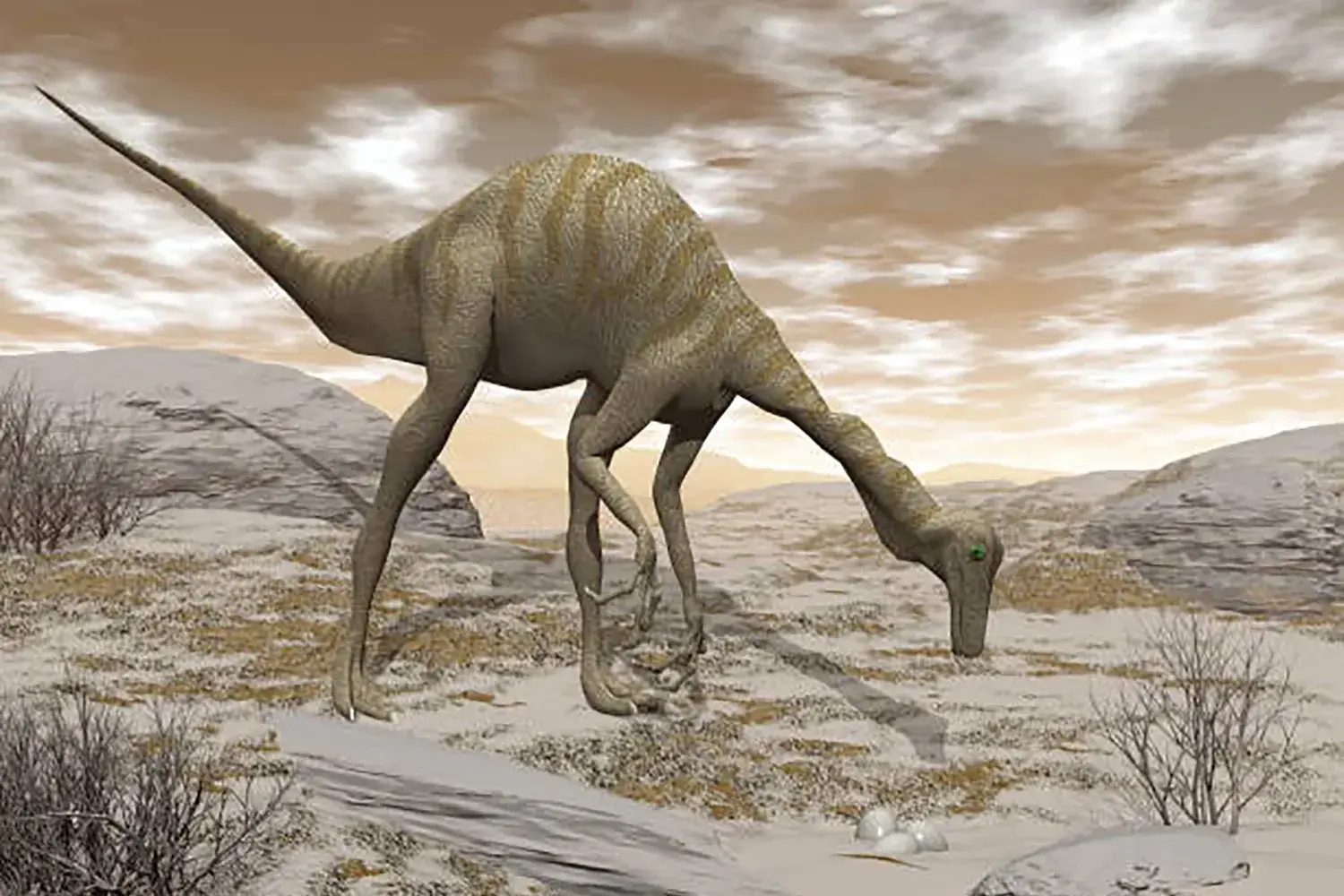

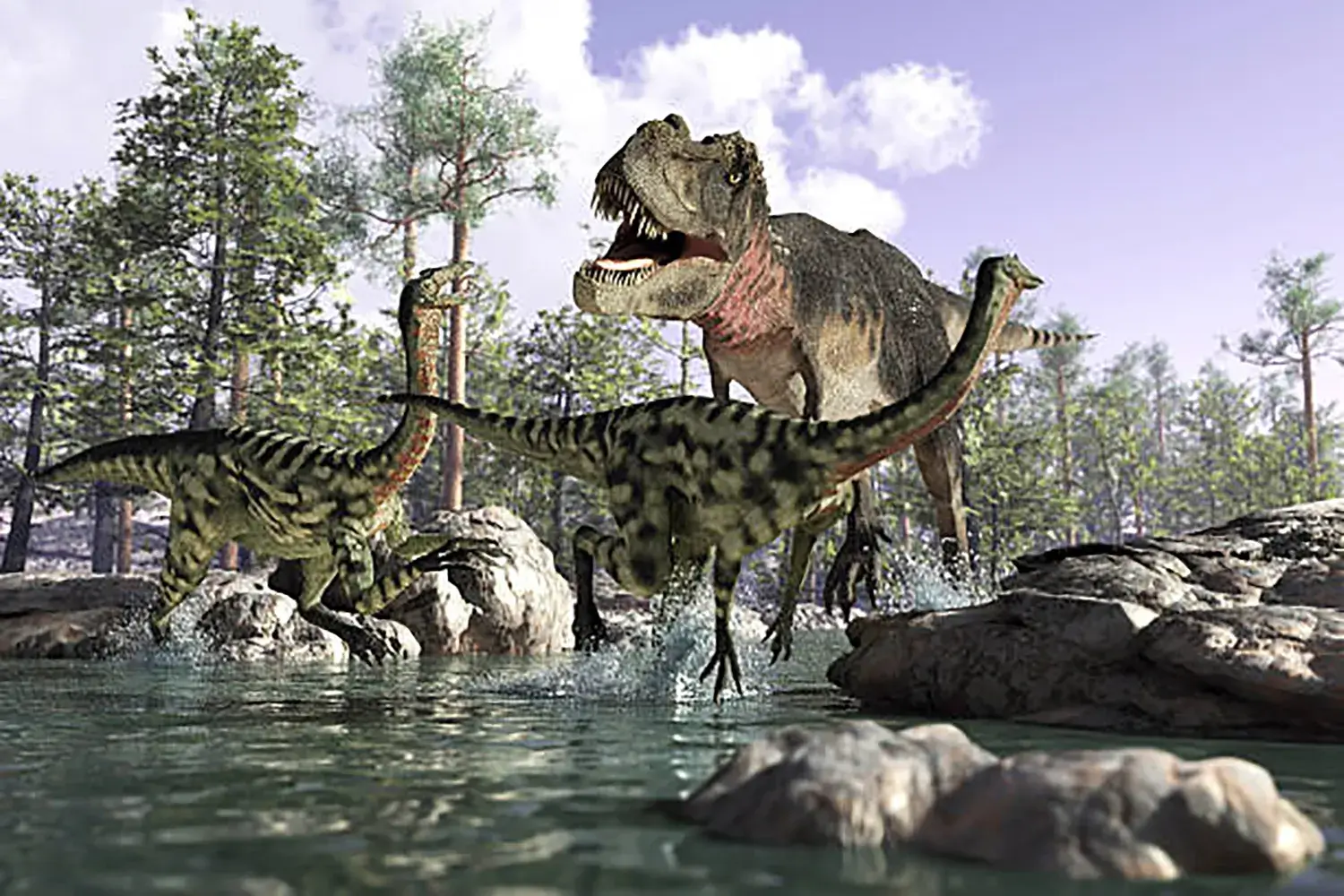
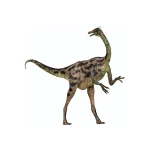
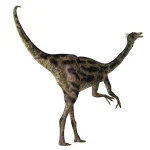

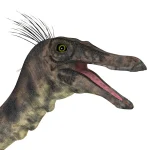
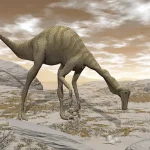
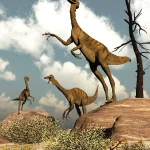
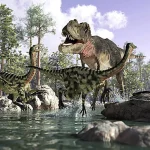



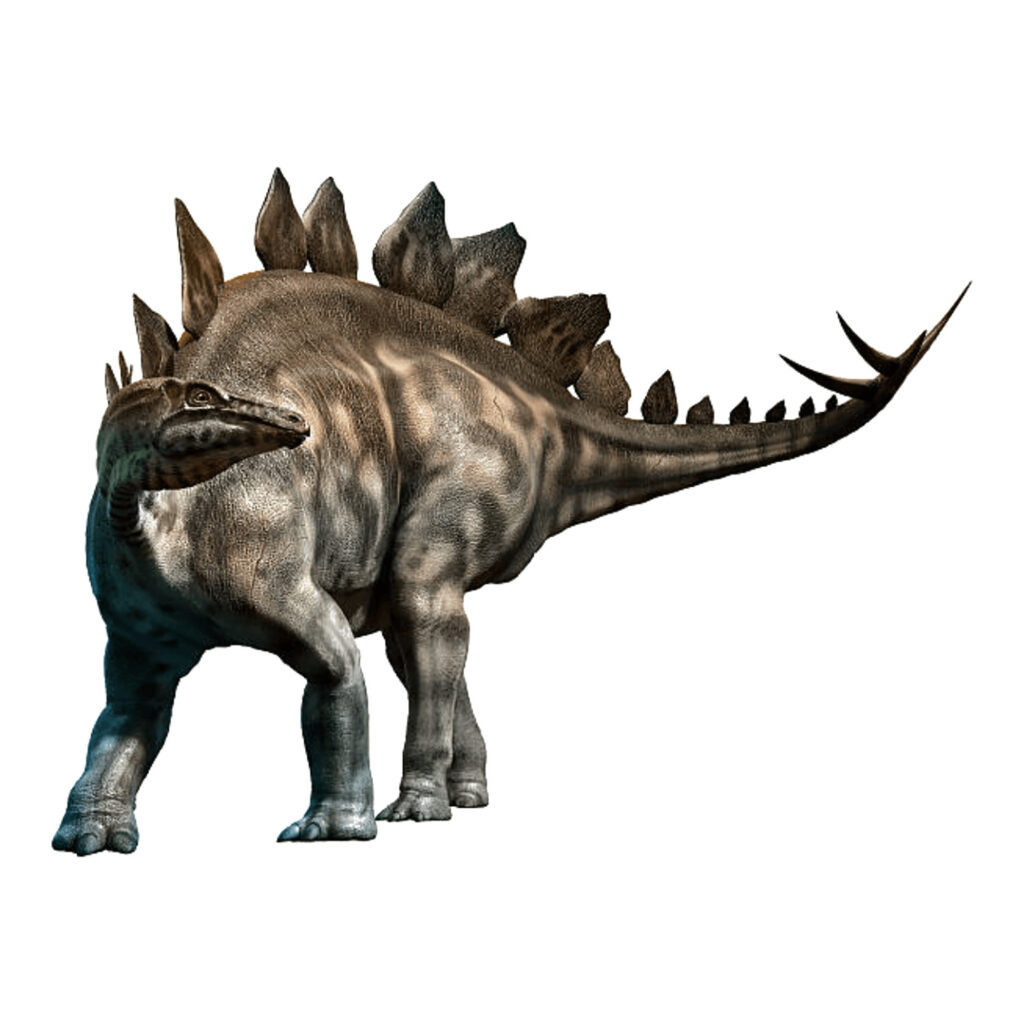
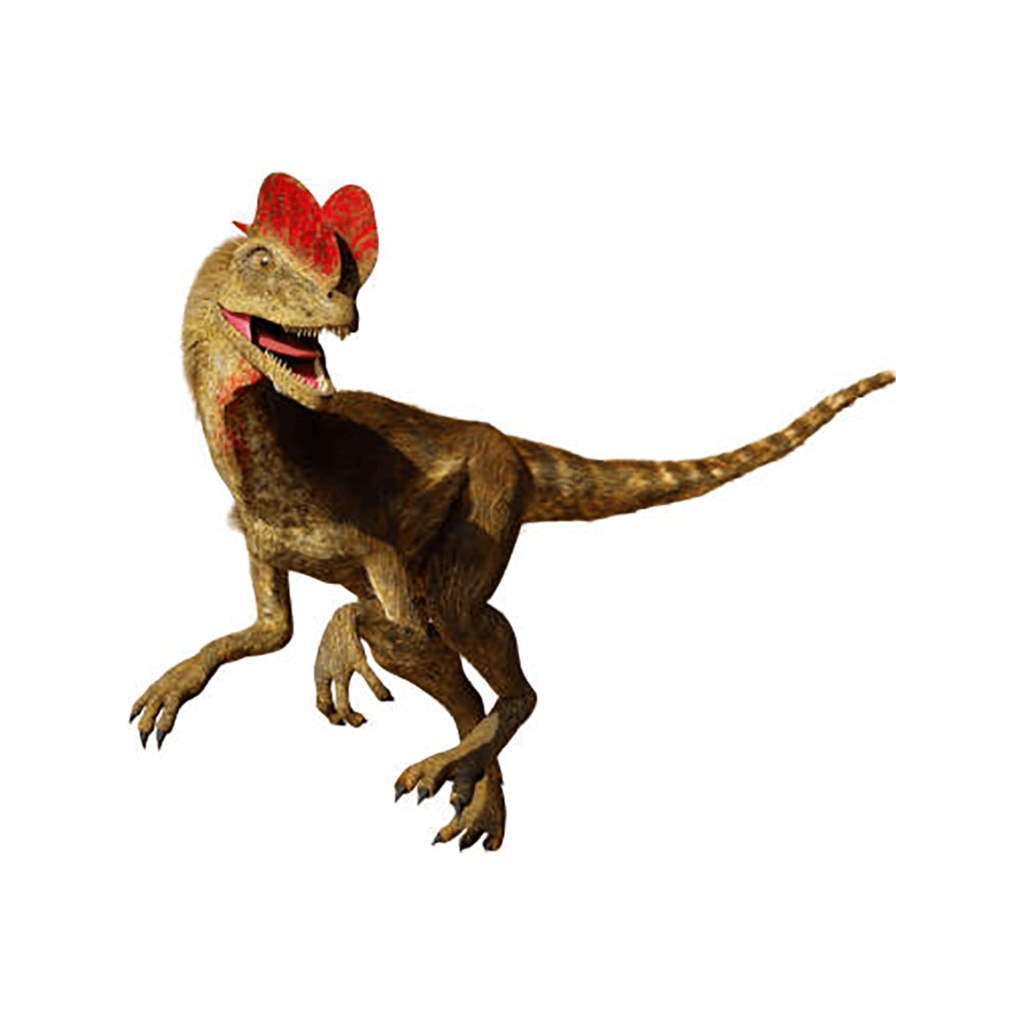
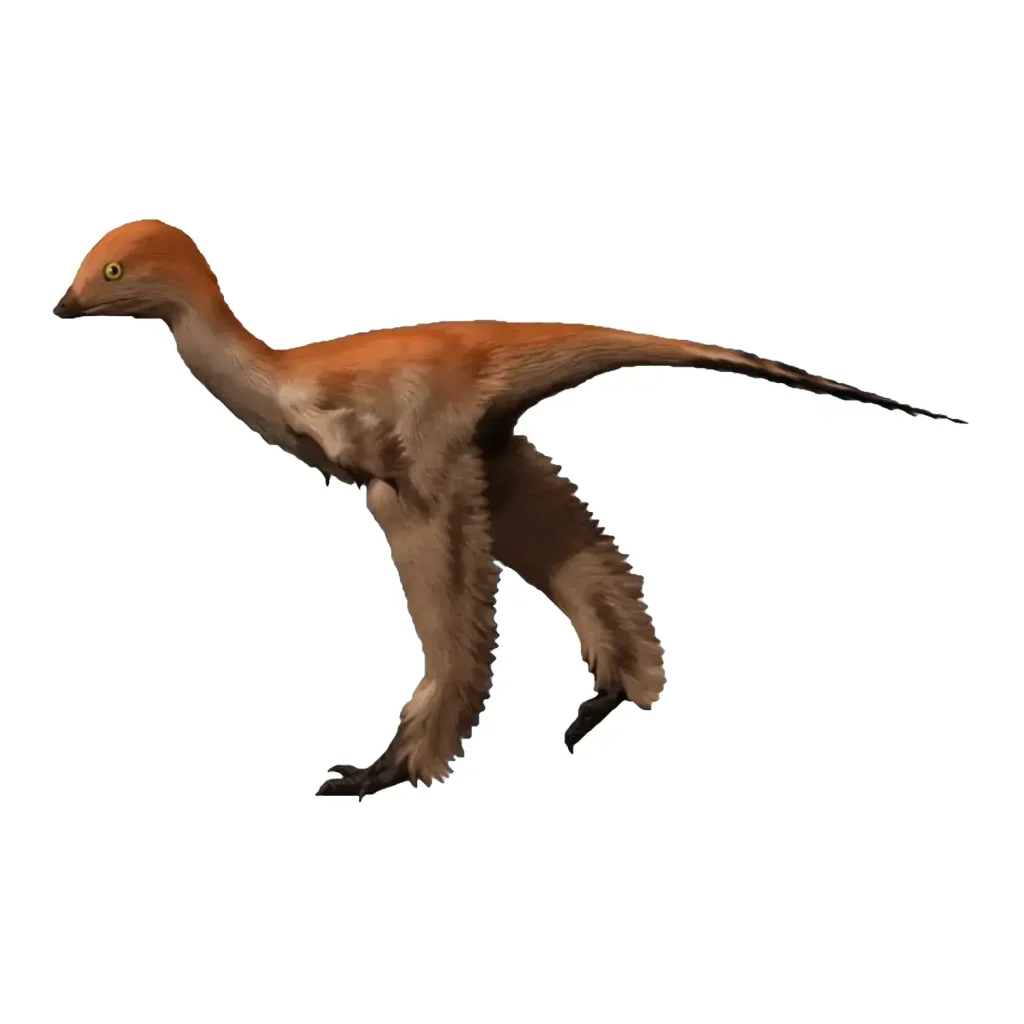
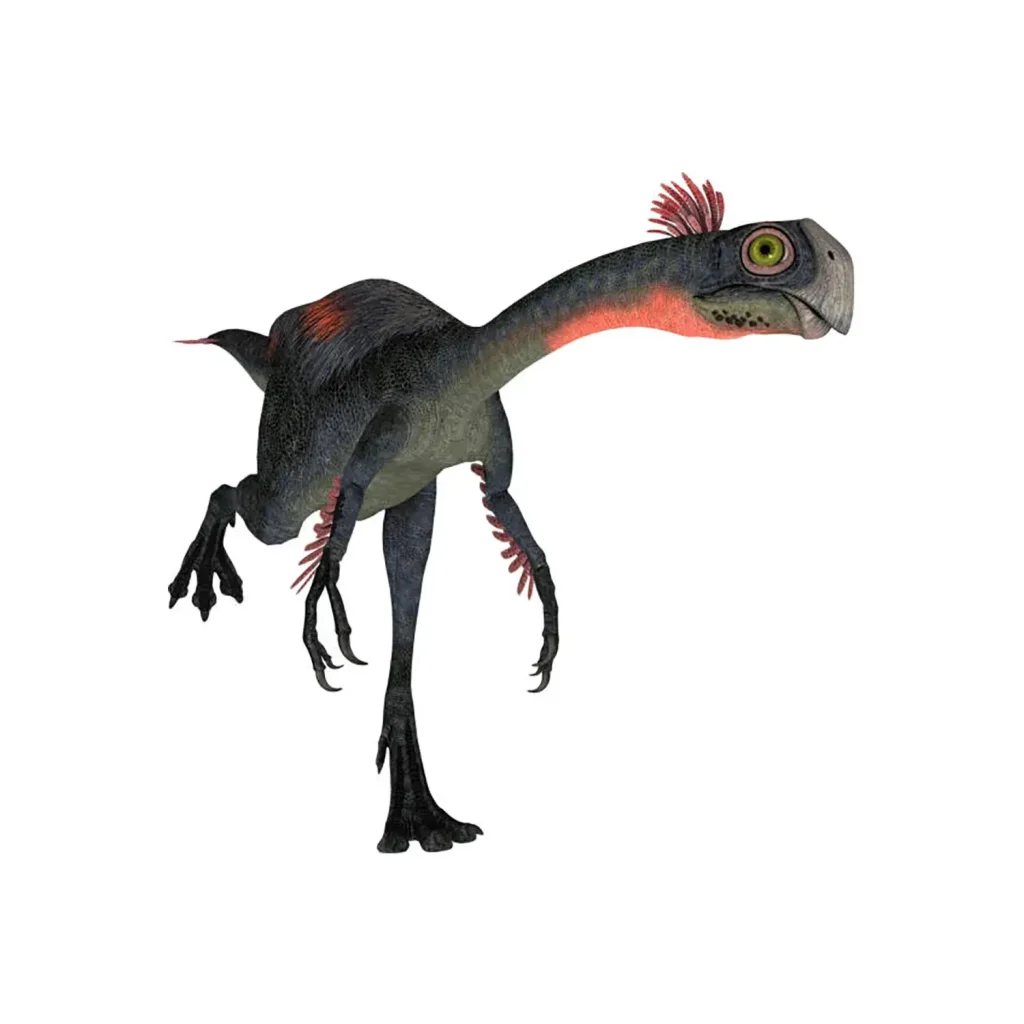
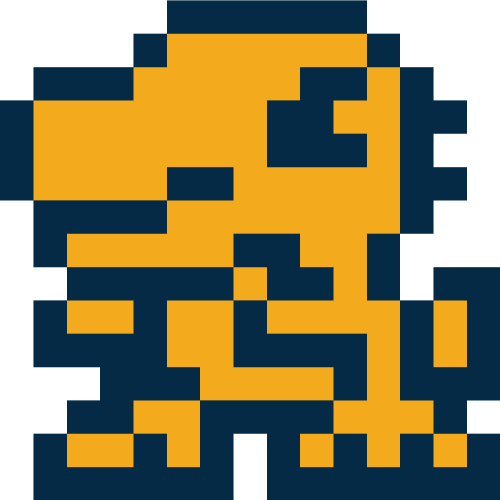
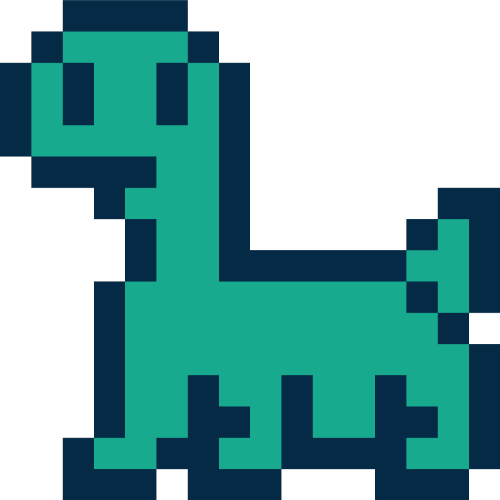
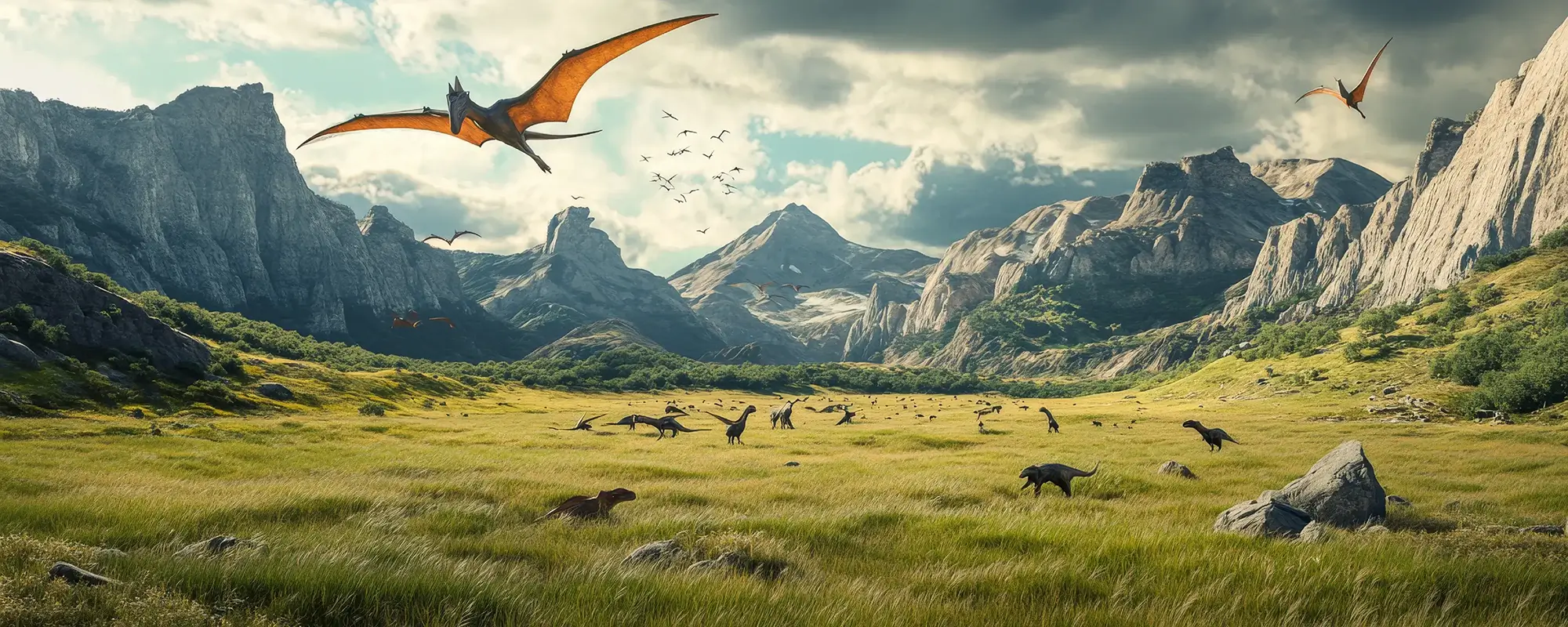



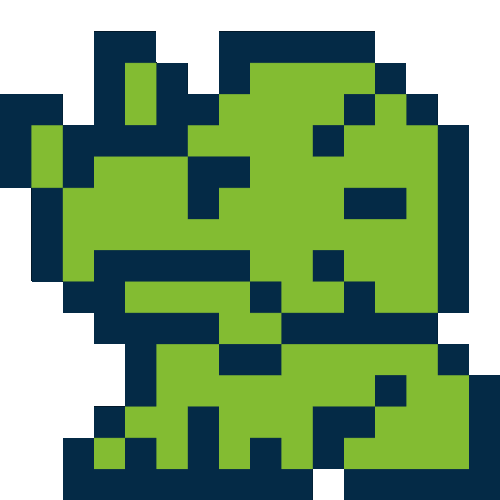
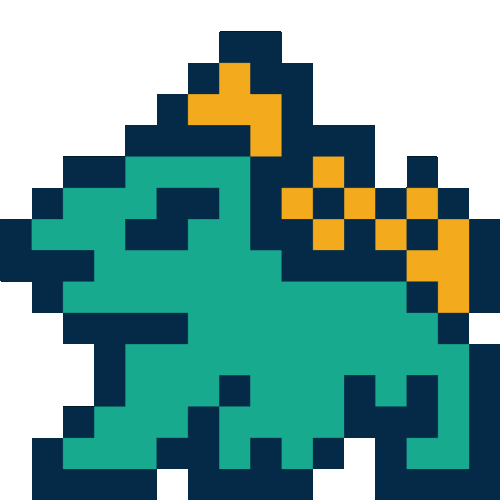



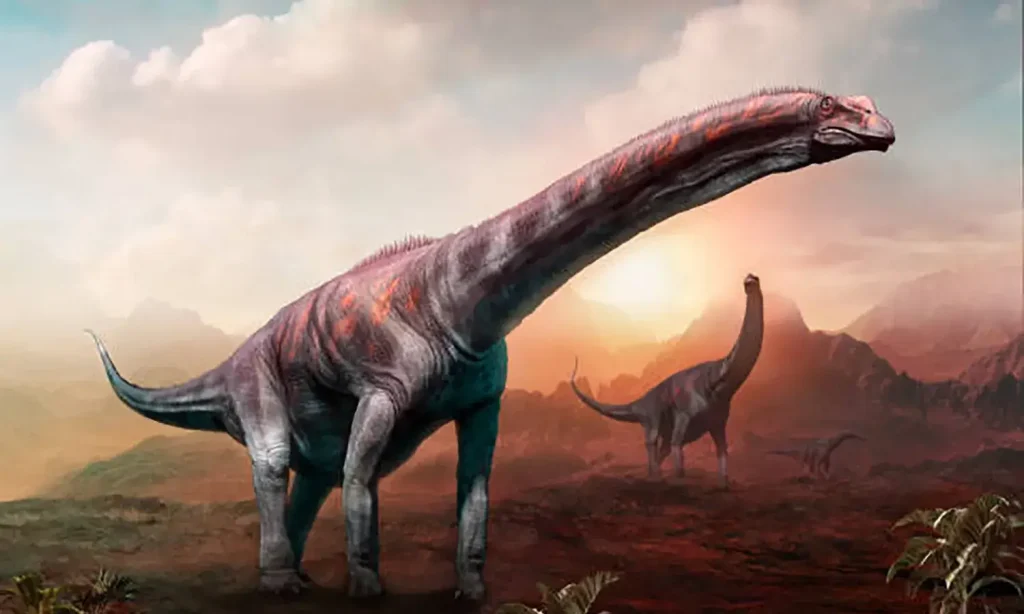
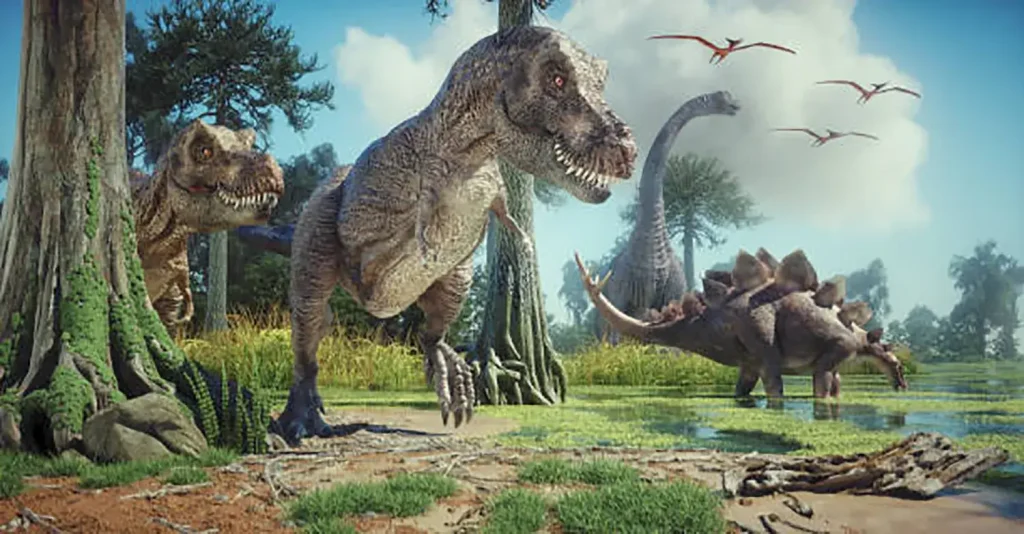

Description
Gallimimus was a dinosaur that lived on the continent of Mongolia during the Late Cretaceous period (approximately 70 million years ago).
Its name means “chicken mimic,” but it is more commonly referred to as an “ostrich dinosaur” (Ornithomimosaur) because it actually had a slender, ostrich-like build with slim, powerful legs.
Gallimimus is classified as a theropod, the same group as Tyrannosaurus, but it was not a ferocious carnivore.
With its unique evolution and swift feet, it was one of the most commonly excavated dinosaurs, thriving in Late Cretaceous Mongolia.
Incredible Speed and Body Structure
Gallimimus was the second-largest species of ornithomimosaur after Deinocheirus, reaching 4 to 6 meters in length and standing over 2 meters tall.
While its body was more than twice the size of an ostrich, its skeleton was lightweight, resulting in an estimated weight of only about 400 kg.
The Secret to Its Speed
As its agile appearance suggests, Gallimimus was an extremely fast dinosaur.
It had a light body and powerfully developed hind limbs. While theories about its top speed vary, it is said to have reached 45–60 km/h, with some suggesting it could reach 110 km/h, rivaling a cheetah.
This is a speed comparable to a car driving on a regular road.
The secret to this incredible speed lies in its unique foot structure.
Flexible Feet
Compared to its ancestors, the three bones that made up the arch of its foot (metatarsals) were of different thicknesses.
This structure provided flexibility to the foot and served to cushion the impact of running.
Traits of a Fast Animal
It possessed the characteristics of a fast runner, such as a long tibia (shin bone) relative to its body size.
Balancer
Its long tail, which accounted for more than half of its body length, is thought to have been used as a balancer while running.
Its long tail is thought to have been used as a balancer while running.
Physical Characteristics and Vigilance
Gallimimus had a very small head, with a long, slender neck and limbs, similar to a bird.
However, among ostrich dinosaurs, it is considered to have had a long torso and relatively short forelimbs.
Vision
A 1988 study suggested that Gallimimus’s eyeballs could not move very much.
Like modern herbivores, its side-facing eyes gave it a wide field of vision, but it struggled with stereoscopic vision.
Therefore, it couldn’t scan its surroundings without moving its neck. It may have constantly turned its head, much like an ostrich or a pigeon, to watch for predators.
Intelligence
Fossil skulls show that its brain was large, suggesting that Gallimimus was a relatively intelligent dinosaur.
Life in Herds
Because individuals at various growth stages have been found fossilized together, it is highly likely that Gallimimus lived in groups, forming herds composed of members of different ages.
The scene in Jurassic Park where a herd flees from a Tyrannosaurus is iconic, but no definitive evidence has yet been found that they actually ran in herds constantly.
A Mysterious Diet
Gallimimus is classified as a theropod, but it was not a ferocious carnivore.
Its most prominent feature was its mouth; its face was shaped like a modern duck’s, and it had no teeth at all.
Its face was shaped like a duck’s, and it had no teeth.
Because of this, its diet has been the subject of a long-standing debate.
Omnivore Theory (Current Mainstream View)
Many researchers now believe that rather than specializing in one type of food, Gallimimus was an omnivore that opportunistically ate insects and small animals in addition to a primarily plant-based diet.
Beak and Forelimbs
Its mouth was covered in a toothless, keratinous beak, which was thin and sharp—well-suited for catching insects, other small animals, lizards, and mammals.
It was also ideal for pecking open and drinking the contents of other dinosaurs’ eggs.
Role of the Arms
Its arms were long, allowing it to easily grab plants, mammals, lizards, and other small prey from the ground.
Its fingers were unusually well-developed, and it is believed to have been dexterous enough to use its hands like hooks to pull tall grasses and branches toward its mouth to feed.
Herbivore Theory
The discovery of what appear to be gastroliths (stomach stones) in its stomach region also supports the possibility that it was herbivorous.
Lacking teeth, it may have swallowed nuts and seeds whole, grinding them in its stomach with the stones.
Filter-Feeding Theory
A 2001 study, which was the first of its kind for a dinosaur, suggested that its beak was equipped with comb-like filters (lamellae).
This “fluid diet” theory—that it filtered aquatic organisms and microbes from lakes and ponds like a flamingo—gained significant attention.
However, there are counterarguments that a filter-feeding diet of algae or small animals alone could not have sustained it, citing examples like its close relative, Struthiomimus, which was much larger than a waterfowl.
The Discovery of Feathers and “Wings”
For a long time, Gallimimus was depicted as being covered in scales, as seen in Jurassic Park.
However, recent research has completely changed this image.
Feather Traces
While no feather traces have been found on Gallimimus fossils, they have been discovered on its close relative, Ornithomimus.
The Existence of “Wings”
Most surprisingly, it was found that adult Ornithomimus had “wings” on their forelimbs, composed of true, shafted feathers.
These wings were not used for flight but are believed to have been used for mating displays or to keep eggs warm.
Because of this discovery, the current scientific standard is to assume that Gallimimus was also covered in feathers like an ostrich and possessed wings on its forelimbs once it reached adulthood.
Two species of Gallimimus have been confirmed: Gallimimus bullatus and Gallimimus mongoliensis.